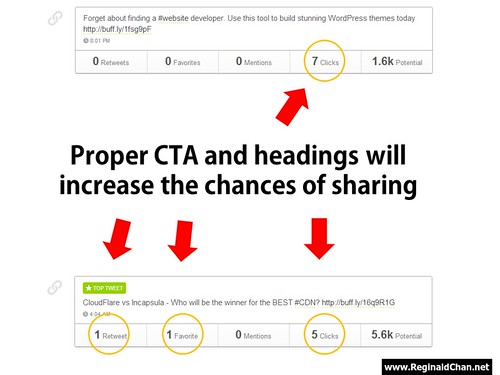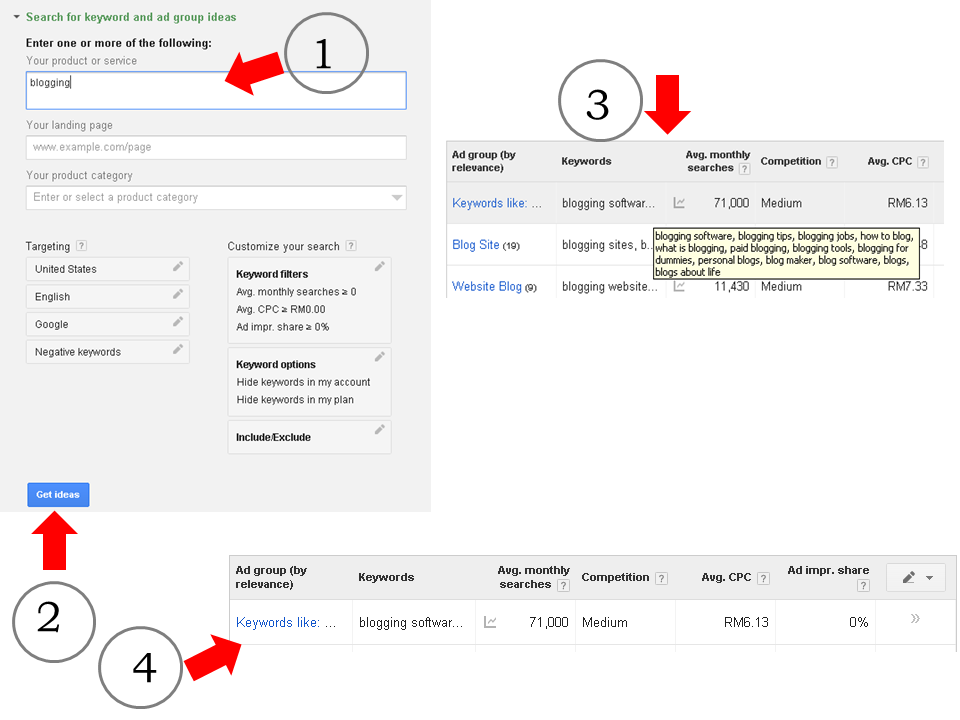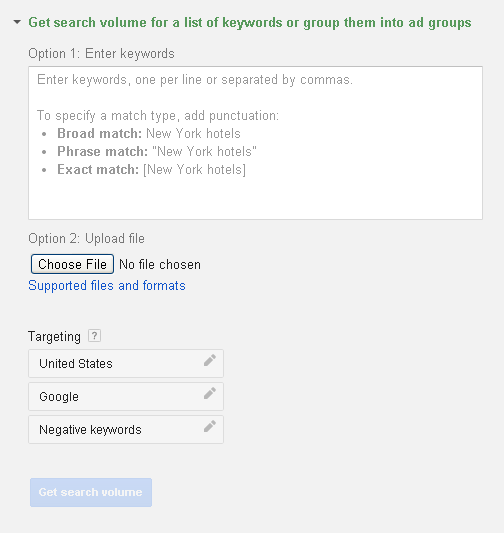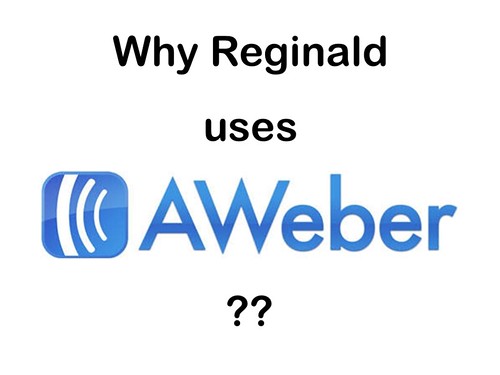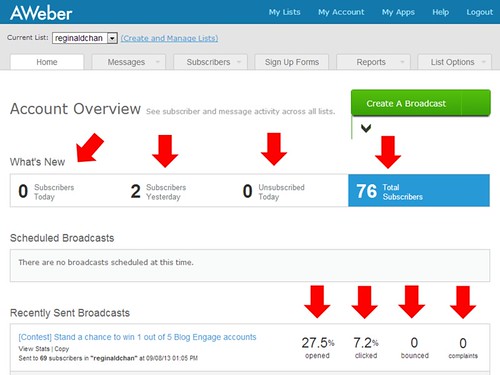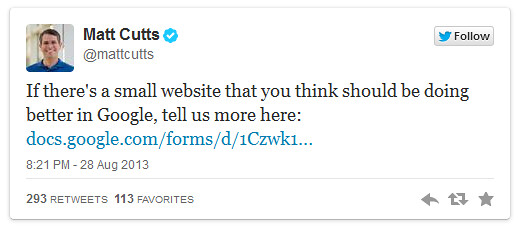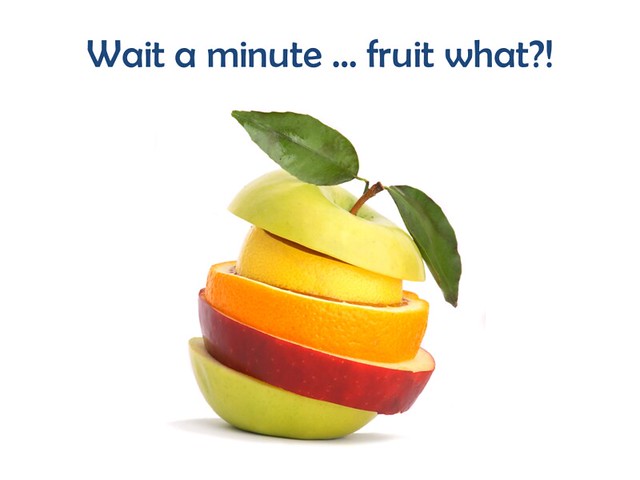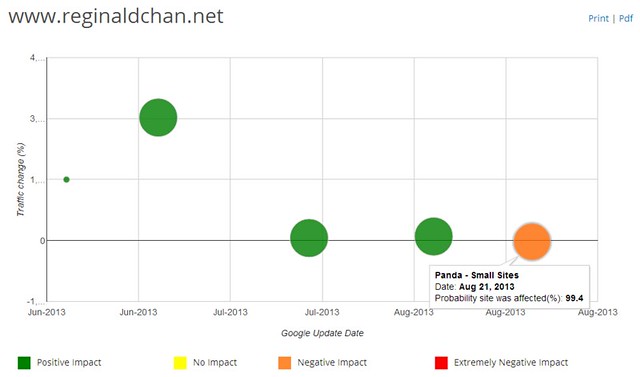We are living in the Internet age and by now, the advantages of social media are just too obvious when it comes to the blogging community. And with so many social media platforms nowadays, we are always short of time and I am sure you can’t deny that either.
I don’t know about you, but creating the right social media automation is not always a piece of cake. Let’s face it guys … you are here because you want to know:
- What is social media automation really is
- How to make your social media campaigns easier
- How to save more time but produce better social media results
The most important part for me isn’t any of these 3 above. Instead, my biggest concern is to ensure that social media automation is returning the biggest return of investment (ROI).
For me, social media automation is all about using technology with lots of planning.
The main goal is to create quality social shares and most importantly, sharing them at the right time!
Social media automation is never about quantity but what matters most is the audience and quality. However, don’t ever put aside the fact, ‘The larger your reach is, the better chance your articles will be receive better responses’.
Basically, you need a healthy dose of quality content to be shared, a large number of reach and of course, timing.
Sounds confusing right? I will explain them in a moment.
Social media automation helps you in time management
Do you find yourself always short of time thanks to the countless social media platforms?
I certainly do and it is rather annoying when you are trying all your best to ‘go out’ and the only thing that holds you back is time.
Here is where social media automation comes into play. To ensure that it works, you definitely need to have a proper social media plan and the right marketing automation softwares to work for you.
The goal is to ensure that you are maximizing your ROI with the minimum time spend on each social media. In other words, making your 24 hours works like a 36 hours or so.
Still don’t get it? Don’t worry as what you need now is to watch this video:
[Video] What is Social Media Automation really means to me?
Step 1: Basics before creating an out-of-this-world social media plan
The goal is NOT to create just any type of sharing but to create highly optimized, specific and high value social media shares.
To start up, you need to use the right social media analytics tools to help you with no other than … social media research.
I am pretty sure you are wondering what should you be finding when it comes to social media research right?
Here are a few information you should know (hint: social media research) when it comes to social media:
- Targeted audience
- Time of share
- Constructing killer social shares
Targeted audience
This is where you understand the type of audience you have and what they are looking for. It is absolutely pointless to share information with a group who are not even closely related or interested with the said topic.
You need to analysis:
- What are the information the visitors are looking for?
- Who are you targeting (readers who are looking for information, recommendation or reviews for example)
This is one of those three parts which is very tedious and time consuming.
However, if you are able to work out a social media plan according to the analytic you had gathered, chances are extremely high where you will be able to perform not one but numerous and successful social media automation.
Sharing information at the right time
Planning your tweets or Facebook shares are very important too. The above technique would be able to provide you information on who to share and this in particular, will give you a hint on when to share.
At this point, I know the who, what, where and which are really making you nuts but hang in there with me! We are already halfway there.
When you are thinking of doing ‘social media’, it is always important to know when your readers are active.
Yup. What’s the point of sharing a shout if majority of your readers are asleep right?
That’s the whole point!
You want to make sure that every social media campaigns that you do are giving you the best results. Period.
Killer titles help to increase the click chances
You may have:
- 1.5k words article
- Highly optimized keywords and facts
- Shared on 15 different social media platforms
And … you ain’t getting any clicks. Not even one damn click.
Okay, what the hell is wrong?!
Personally, I’ve been there and I experienced it daily to be very honest. I had a few thousands followers on various social media platforms and I am always wondering; “why 95% of my tweets aren’t getting any clicks at all?”
Yup, no resharing, no favorites, no comments … nothing!
I read through some of the tweets (like a few hundreds of them) and I was like , “Hey, these aren’t good social shares at all” and the biggest issue was the title itself.
Check this title out:
Guys! I wrote a damn good article on Google Hummingbird and you should definitely check it out! (link) #SEO
What do you see from the above? Go on … I will wait.
…
…
…
The problem was … I wasn’t engaging enough at all. I was just merely telling others that I wrote a great blog post (which no one is able to clarify) on a specific topic.
For the readers, they wouldn’t know what to expect or … the shout wasn’t specific enough.
Here are two simple examples for better call-to-action social media shouts:
In short, my shouts and shares are not social media optimized.
I could easily get more clicks simply if I have added sentences such as “How to beat Google Hummingbird …”, “How did I hack Google Hummingbird …” and many more.
Of course, don’t use these as they are purely examples and you can’t beat or hack Google Hummingbird either 🙂
The above images are great examples. Simple call-to-actions or CTA would make readers think and wonder … which eventually some of them will click and read.
Recommended read: 500 Social Media Marketing Tips by Andrew Macarthy
Step 2: Which social media analytics tools to use?
Using the right social media analytics tools will actually help you to build a better marketing plan and believe it or not, they play more than just huge roles when it comes to social media automation.
There are probably a dozen more social media analytics tools you can use but here are a couple of them which are in my favorite list.
Followerwonk
Honestly speaking, I don’t really know how many of you are actually using Followerwonk and for me, I used to think that this is rather a ‘less useful’ analytic tool. And yes, I was wrong.
Followerwonk offers free membership (plus premium plans as well) and is highly focused on Twitter only. Well, since I am heavy user on Twitter, I think this rather self-explanatory right?
Features on free Followerwonk account:
- Search Twitter bios
- Compare Twitter users
- Analyze followers/follows
- Overlay your social graph
I am sure the above features are already very clear cut and I do not need to go any further with those. However, what really makes me to use Followerwonk is the third feature above; Analyze followers/followers.
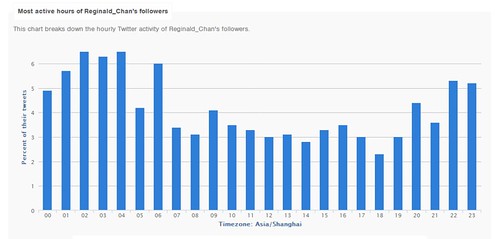
By allowing Followerwonk to analyze my Twitter account, I could easily determine the best time most of my followers are active on Twitter. This means that, sharing any information during that period would have the biggest impact and reach.
Remember that when it comes to social media, it is never about the quantity but the quality.
And if you think that it is all, you are absolutely wrong!
You can also use Followerwonk to ‘export’ those hot time periods to your Buffer schedule. Now, that’s what I really call as social media automation!
Google Analytics
If you are thinking of social media strategy, Google Analytics is definitely one of those analytics tools you need to use. Furthermore, it is runned by Google and thus, it should be trusted right?
So, how do you actually uses Google Analytics for your social media analysis?
You don’t use Google Analytics to learn about your followers (even though you could) … but instead, you should use it to focus on your social media campaigns.
For example, Google Analytics would be able to tell you which social media platform is the best and biggest contributor for your social media campaigns and blog traffic.
With this information, you would be able to perform the right social media optimization by focusing more energy and time on the right social media platforms that gives you the best results.
Personally, I would call this the “lesser work, more impact” social media strategy.
Does this make sense to you?
Step 3: The best social media automation tools
When it comes to social media automation, it is important that you uses the right tools for the job. In today’s world, there are probably a dozen or more social media marketing automation softwares out there but for me, I only stick to these three which are definitely proven to be working for my social media.
Buffer

BufferApp or Buffer is one of those tools that puts your social media marketing into 5th gear. For starters, Buffer has a free and paid version which is called Awesome plan.
Personally, Buffer is one of the best social media tools I ever used and their customer service team are top notch.
Buffer allows you to have a free account to manage one Twitter, Facebook (page or profile), and LinkedIn account with up to 10 updates in your buffer, aka scheduler.
If you are a heavy scheduler like me, you can easily signup for Buffer Awesome plan at $10 per month to manage 12 social profiles, have unlimited posts in your buffer, and even add two team members to help manage it all.
Buffer is really easy to use and what you need to do are:
- Connect your social media accounts to Buffer
- Select Schedule tab and assign dates and times of the share
- Input the post or social share and hit the Buffer button
For your info, scheduled social shares will only take place once in an account. This means that if you would want to reschedule the same post more than once, you need to redo it again.
This is great as it ensures that each of your social shares does not sound ‘robotic’.
Sound complicated? Of course not. Sign up for a free account on Buffer now!
Related article: How do you schedule social media updates using Buffer?
HootSuite
Personally, I had used HootSuite for over a year now and am totally loving it since it worked well with scheduling and socializing. This means that you are able to schedule social media shouts using HootSuite and even use it on a daily basis.
HootSuite is all about having a balance of work and play. Imagine ‘working’ and ‘playing’ all under one roof!
Alike Buffer, HootSuite has both free and premium plans depending on your requirements. Using a free account, you are able to connect to 5 social media profiles and 2 RSS subscriptions (plus basic analytics reports).
If you would require additional features, you can subscribe to its Pro plan at $8.99 per month which offers 50 social media profiles, team members (up to 9) and most importantly, advanced analytics reports.
Scheduling a post on HootSuite is great and these are the steps needed to get the scheduling up in place:
- Connect your social media accounts to HootSuite
- Input your post and select the social media accounts to share with
- Click on the Scheduling icon and select the time to share it
- If you are planning to share more than one post, you can easily enable Auto Schedule feature on HootSuite
Through my experience, HootSuite is a good social media automation tool and it works extremely well with some of the best social media platforms such as Google+, Facebook and Twitter.
Don’t just sign up for a free account. Take full advantage of the free 30-days trials of HootSuite Pro and revert back to normal if you don’t like it.
Socialoomph

If you are looking for a ‘set once and forget’ feature, this is one social automation tool you must definitely consider. What makes Socialoomph so popular is the scheduling process.
Basically, Socialoomph brings social media automation to the next level.
For example, both Buffer and HootSuite only offers one posting per schedule. On the other hand, Socialoomph offers you the ability to control the number of social shares per scheduled post.
Still puzzled? Allow me to explain further.
Imagine setting Post A to go live every Tuesday at 10pm. Socialoomph will be sharing the same post every week at the same time … FOREVER!
Yup, I bet now you get the total meaning of the ‘set once and forget’ feature. Well, this could easily be spamming right? This is where Socialoomph had integrated article spinner in it!
Article Spinner is a tool used to spin the same article or sentences into several different versions. To read more, here’s an example of The Best Spinner which I am currently using. Basically, it spins a string of sentences into a newly formed sentences that totally make sense upon reading.
What makes Socialoomph different from the rest is the feature where it has the unlimited shares and scheduling feature. Socialoomph is a paid service which could cost you around $25 per month for unlimited social media accounts.
It is in fact one of the most expensive social media tool but I totally love the service they are providing. Personally, if you are running a small blog and doesn’t want to pay any extra for it, you can try out Socialoomph for 14 days just by clicking here.
Your account will revert back to the free account upon the end of trial and therefore, you have nothing to lose. For your information, free account do not have the auto scheduling feature.
Over to you …
Are you putting your social media campaigns into automation? If yes, what are your tricks and tips for it? Otherwise, what do you think of this topic?
I hope you enjoyed this article as much as I do. Feel free to tell me what you think using the comment form below plus, please hit the red button below to share it too!


